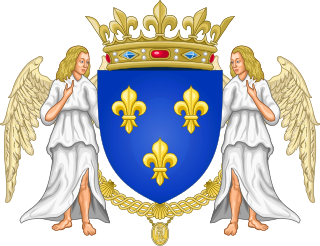This article needs additional citations for verification .(April 2019) |
| Millennium: | 2nd millennium |
|---|---|
| Centuries: | |
| Decades: | |
| Years: |
| 1468 by topic |
|---|
| Arts and science |
| Leaders |
| Birth and death categories |
| Births – Deaths |
| Establishments and disestablishments categories |
| Establishments – Disestablishments |
| Art and literature |
| 1468 in poetry |
| Gregorian calendar | 1468 MCDLXVIII |
| Ab urbe condita | 2221 |
| Armenian calendar | 917 ԹՎ ՋԺԷ |
| Assyrian calendar | 6218 |
| Balinese saka calendar | 1389–1390 |
| Bengali calendar | 875 |
| Berber calendar | 2418 |
| English Regnal year | 7 Edw. 4 – 8 Edw. 4 |
| Buddhist calendar | 2012 |
| Burmese calendar | 830 |
| Byzantine calendar | 6976–6977 |
| Chinese calendar | 丁亥年 (Fire Pig) 4164 or 4104 — to — 戊子年 (Earth Rat) 4165 or 4105 |
| Coptic calendar | 1184–1185 |
| Discordian calendar | 2634 |
| Ethiopian calendar | 1460–1461 |
| Hebrew calendar | 5228–5229 |
| Hindu calendars | |
| - Vikram Samvat | 1524–1525 |
| - Shaka Samvat | 1389–1390 |
| - Kali Yuga | 4568–4569 |
| Holocene calendar | 11468 |
| Igbo calendar | 468–469 |
| Iranian calendar | 846–847 |
| Islamic calendar | 872–873 |
| Japanese calendar | Ōnin 2 (応仁2年) |
| Javanese calendar | 1384–1385 |
| Julian calendar | 1468 MCDLXVIII |
| Korean calendar | 3801 |
| Minguo calendar | 444 before ROC 民前444年 |
| Nanakshahi calendar | 0 |
| Thai solar calendar | 2010–2011 |
| Tibetan calendar | 阴火猪年 (female Fire-Pig) 1594 or 1213 or 441 — to — 阳土鼠年 (male Earth-Rat) 1595 or 1214 or 442 |
Year 1468 ( MCDLXVIII ) was a leap year starting on Friday (link will display the full calendar) of the Julian calendar.








